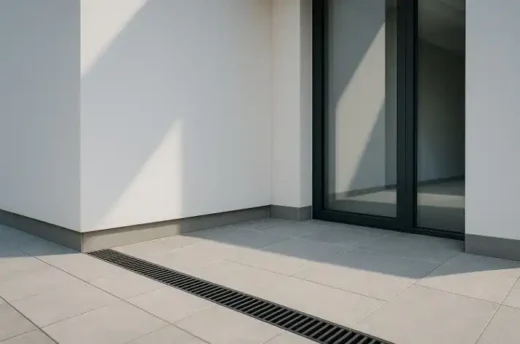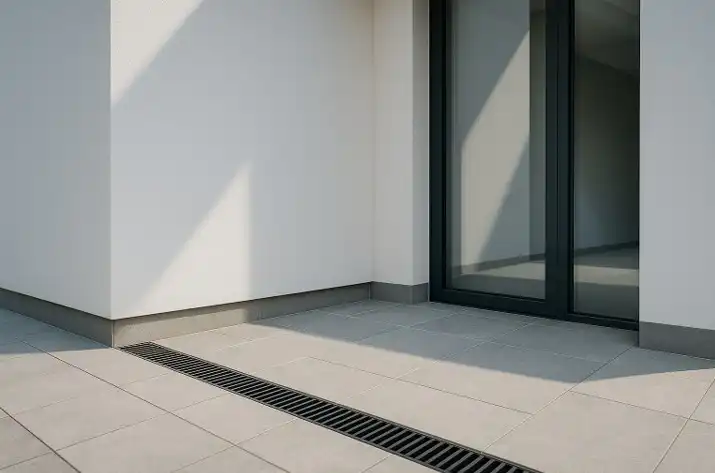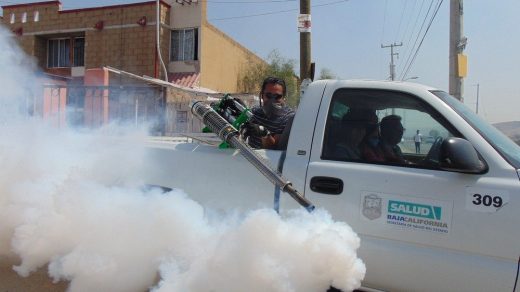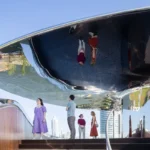Integrating pest control into modern architecture advice, Insects removal tips, Property clean
Integrating Pest Control into Modern Architecture: Insights for Sustainable Design
July 5, 2025
Routine pest control activity near a modern mixed-use building — blending urban design with health-conscious maintenance:

Modern architecture strives to achieve sustainability, aesthetic value, and function. However, one often-overlooked factor in sustainable urban living is pest management. From high-rise buildings and commercial complexes to heritage restorations and green buildings, pest control plays a crucial role in safeguarding infrastructure and occupant health.
Integrating pest prevention strategies early in the design process helps mitigate long-term infestations. Features like wall cavities, ducting systems, and roof access points can become unintended havens for pests if not carefully managed. Moreover, the human element—tenants, employees, and maintenance crews—adds daily behavioural variables that influence pest vulnerability.
👉 Explore how pest control professionals in Cape Town handle infestations in similar climates and urban densities.
Architectural Vulnerabilities: Where Pests Enter the Picture
Every building design choice—from open ventilation to timber-framed atriums—introduces opportunities and risks. Common vulnerabilities include:
– Cracks and Expansion Joints: Rodents can infiltrate through gaps smaller than a coin.
– Rooftop Gardens: While environmentally friendly, they attract insects, birds, and rodents.
– Glass Facades and Drainage Systems: These can trap moisture, encouraging mold and insect growth.
– Loading Docks and Entryways: Commercial buildings often struggle with flies and mice due to food deliveries and waste disposal points.
Even residential developments featuring energy-efficient insulation can inadvertently trap heat and moisture—ideal conditions for cockroaches, silverfish, and carpet beetles.
Residential vs. Commercial Concerns
Residential properties often experience bed bugs, fleas, and cockroaches in kitchens, bathrooms, and bedrooms. These pests are mostly brought in through human activity—visitors, laundry, groceries, or pets.
In contrast, commercial sites like hotels, warehouses, and office buildings deal more with rodents, ants, and flies. The scale of operation, regular deliveries, and waste generation increase risk. Educational buildings, museums, and government offices also face unique challenges due to heavy foot traffic and structural age.
Understanding the different risks allows pest control professionals to develop bespoke strategies for each building type.
The CleanLab SA Model
CleanLab SA operates a platform that connects clients to independently verified pest control professionals. These contractors are not employed by CleanLab SA directly but are reviewed, vetted, and listed based on:
– Certifications and field experience
– Customer ratings and satisfaction
– Responsiveness and professional conduct
This decentralized model ensures quick response times and flexibility, while still holding providers accountable via transparent public reviews.
🌐 Visit the CleanLab SA homepage to learn more.
Eco-Conscious Pest Management
Sustainability-conscious design often conflicts with traditional pest control chemicals. That’s why modern pest professionals prefer eco-friendly and non-invasive techniques:
– IPM (Integrated Pest Management): Monitors and controls pests with minimal chemical input.
– Physical barriers like door sweeps, vent meshes, and sealed conduits.
– Biological control agents that target specific pests without disrupting surrounding ecosystems.
– Heat treatments and pheromone traps as chemical-free options for insects.
These techniques are especially relevant for green buildings and LEED-certified developments aiming to minimise their environmental footprint.
The Role of Routine Inspection
Buildings aren’t static. Over time, even the best-sealed structures can degrade—allowing new pest entry points. Routine pest inspections (every 3–6 months) are a key part of long-term maintenance.
Designers and property managers should plan for:
– Maintenance access to key zones (e.g., roof voids, wall cavities)
– Clear records of past infestations and treatments
– Collaboration with pest control experts before major renovations
Why Pest Control Matters for Architects and Planners
Pest control is not just about extermination. It’s about ensuring that buildings remain:
– Safe for occupants (preventing disease transmission)
– Efficient (preserving insulation and avoiding wiring damage)
– Valuable (maintaining structural and market value)
Failing to address pest issues can result in damaged reputations, legal liabilities, and unsanitary conditions. For architectural projects with public-facing functions—like museums, libraries, or hospitality venues—the reputational cost of infestations can be even greater.
✅ Forward-thinking developers and architects include pest management in their lifecycle planning. It’s part of resilience and livability.
Closing Thoughts
Sustainable urban design is a multi-faceted discipline, and pest control deserves more attention in the conversation. Architects, developers, and building owners can no longer afford to treat it as an afterthought.
✔️ Design with prevention in mind
✔️ Work with certified, flexible pest control providers
✔️ Prioritise non-toxic, low-disruption treatments
Pest control protects people, property, and purpose.
Related Reading
Comments on this guide to Integrating pest control into modern architecture article are welcome.
Pest Control
Pest Control Articles
Protecting historical buildings from structural pests
Achieving excellence in pest eradication
Building Articles
Residential Architecture
Comments / photos for the Integrating pest control into modern architecture guide page welcome.






